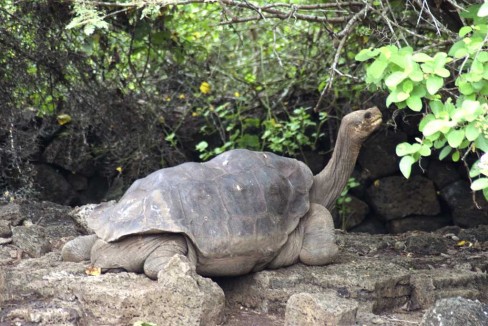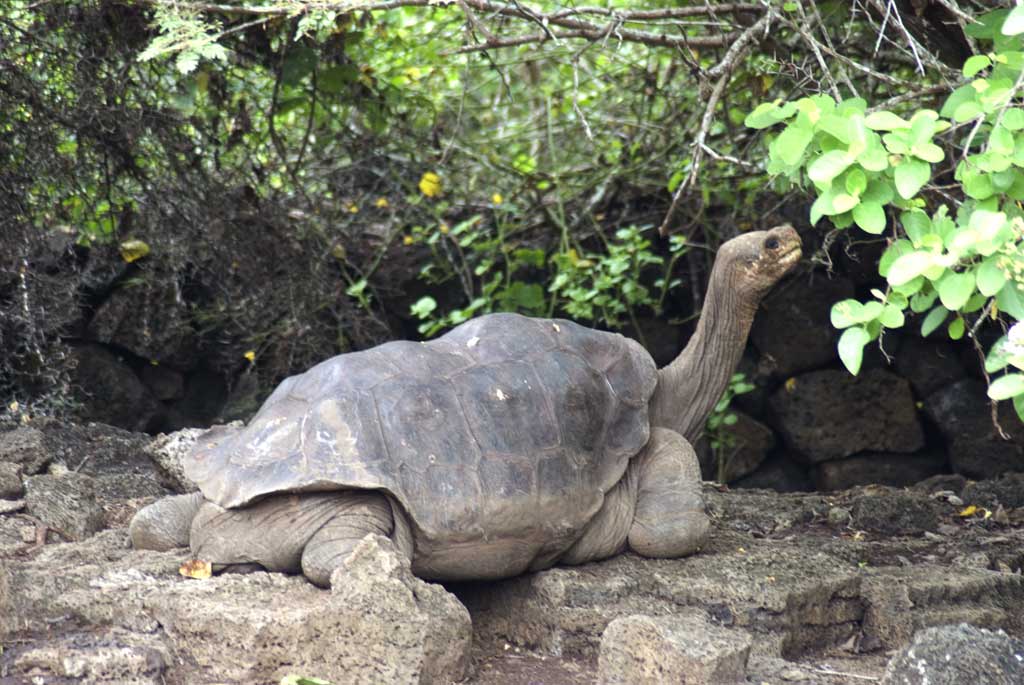
When Lonesome George, the last Pinta Island giant tortoise, died in June in the Galapagos, the world mourned the demise of a species – but a new report says he may not have been the last of his kind after all. There are at least 17 tortoises on the Galapagos Islands that have similar genetic traits to George, the Galapagos National Park said in a statement – meaning that George’s death “does not represent the end of the Pinta Island giant tortoises”. The Galapagos were uninhabited when Europeans first visited in the 16th century, and today has a population of around 35,000. Lonesome George, who was believed to be approaching 100 years old when he died, was discovered on Pinta Island in 1972 at a time when tortoises of his type were believed to be extinct. DNA Research conducted with Yale University experts “identified nine females, three males and five youths with genes of the Pinta Island giant tortoise species,” the statement read. Researchers compared tortoises living on the Wolf Volcano, on Isabela Island, to George’s DNA. The results means that there could be “additional hybrids on the Wolf Volcano”. The species was decimated by whalers and pirates in the 18th and 19th century, who took them aboard their ships as fresh food and introduced new predators. Today less than a tenth of the original population are left on the Galapagos. Park authorities have known since 2008 of the existence of hybrids with Pinta Island tortoise genes, but it remains to be seen if they can bring back Lonesome George’s sub-species.
RELATED: Lonesome George: ‘was not the last of his kind’
Like what you read in this blog? Talk to our travel expert to plan your dream trip to South America
Send message
